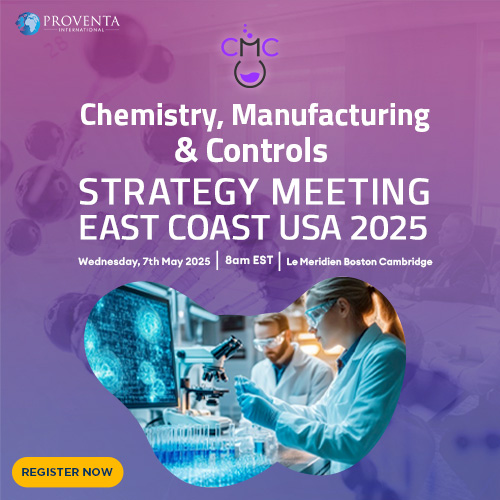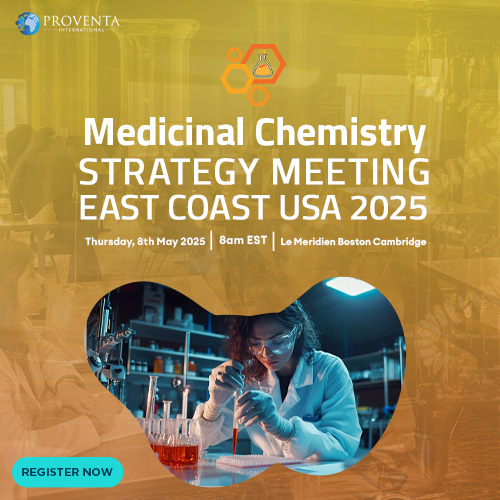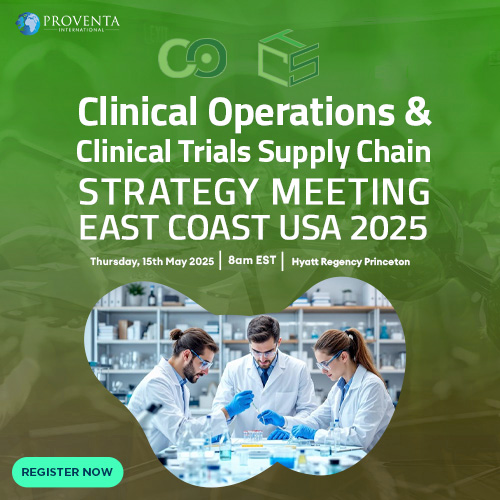About the Interviewee
Nik Tezapsidis is the President and Chief Executive Officer of Neurotez, Inc.
Nikolaos ‘Nik’ Tezapsidis, B.Sc., Ph.D., brings over 20 years of leading a privately-held Delaware corporation formed to launch the clinical development of Leptin as a hormone replacement therapy for Alzheimer’s disease (AD), and as preventative remedy for those at risk. His bleeding-edge scientific vision and powerful chemical expertise leverages the Leptin program’s short-term high-impact for healthcare into a fully-integrated company, doubling down on discovery efforts to proof-of-concept clinical trials aimed to effectively slow or stop the progression of AD and even preclude or delay the onset of cognitive decline in pre-impairment individuals.
His skillset spans beyond foundational and translational biochemical sciences, demonstrating a laudable history of working in the biotechnology industry where he merges molecular biology and biotechnology with venture capital and entrepreneurial acumen.
Before becoming Neurotez, Inc.’s highest level executive, he served as Faculty Member at Mount Sinai School of Medicine, as Research Faculty at New York University’s Langone Medical Center, an Officer of Research at Columbia University, and an Advisory Board Member at AdvisoryCloud.
Dr. Tezapsidis graduated with a Bachelor of Science (B.Sc.) in Chemistry from the Aristotle University of Thessaloniki (AUTH). He finished his Doctor of Philosophy (Ph.D.) in Biochemistry at the University of Sussex.
The Discussion
Journey to Leadership: From Academia to Industry
[Dex Marco]: It’s such a pleasure to have you here with us today, Dr. Tezapsidis. So, Nik, your career has spanned academia and industry, culminating in your current role as President and CEO of Neurotez, Inc. Could you share the key milestones and pivotal moments that shaped your transition from being a research faculty member at institutions like Mount Sinai and Columbia University to leading a biotechnology company? What inspired the founding of Neurotez, and how have your experiences in molecular biology, biochemistry, and entrepreneurship influenced the company’s direction? Additionally, what challenges did you face in establishing Neurotez, and how have those early lessons shaped your leadership style and strategic vision?
[Nik]: During my undergraduate studies in Chemistry in Greece, I was introduced to Biochemistry and I immediately felt passionate about learning more, particularly about Neurochemistry. I wanted to find out how chemical reactions control our cognition, mood, pain, and what goes wrong during diseases of the brain. My doctoral work at Sussex University, UK, broadened my knowledge on these topics and reinvigorated my drive to learn more, hence my decision to come to the US for a few years to work in prominent labs in the DC area and New York area. Several decades later, I am still in the US, drawn by the high level of expertise and resources available for science and technology in general and in my field specifically.
Mount Sinai and Columbia University are two examples of spectacular places for training and exposure to fantastic facilities and academics, modern science, and intellectual stimulation. These institutions allowed me to delve deeply into neuroscience, particularly the molecular and biochemical underpinnings of neurodegenerative diseases. However, at some point, I felt compelled to transition from basic neuroscience to its application in solving brain diseases, particularly Alzheimer’s disease, an area that I focused on during the last 10 years of my academic career.
The pivotal decision to move into biotechnology stemmed from a growing conviction that independent private enterprise would provide the necessary flexibility and focus to translate research into tangible therapeutic solutions. This realization led to the assembly of a group of exceptional individuals and the foundation of Neurotez Inc. While the founding of the company was a major milestone, it was driven by a personal sense of urgency and purpose—to address the unmet medical need posed by Alzheimer’s disease.
A few NIH and NJ grants and crowdfunding events later, we had a portfolio of patents and a plan for clinical trials for a promising drug candidate for Alzheimer’s disease. Our lead asset focuses on leptin, a hormone traditionally associated with metabolic regulation, which we hypothesize could play a significant role in neuroprotection. This interdisciplinary approach reflects my background in molecular biology and biochemistry, which has been instrumental in shaping the company’s research and development priorities.
Transitioning into the role of an entrepreneur and CEO, however, was not without challenges. One of the most significant hurdles was securing initial funding, which required both a strong scientific case and the ability to communicate its potential to diverse stakeholders, including grant agencies, investors, and the broader scientific community. Another challenge was navigating the regulatory landscape, which, while essential for ensuring safety and efficacy, can be particularly daunting for small biotech startups.
These experiences have deeply influenced my leadership style. I have learned to embrace adaptability and to cultivate resilience—two qualities that are indispensable in the face of the inherent unpredictability of drug development. I have also come to appreciate the importance of assembling a multidisciplinary team that brings not only scientific and technical expertise but also a shared commitment to our mission.
Currently, we are focused on securing funding to advance our flagship asset to testing in humans for efficacy, as safety has been established from use in other indications. Throughout my years in the industry, I would say the most important lessons are: be prepared for surprises and the unexpected and educate yourself as diligently as possible to counter bumpy roads in the future. This perspective continues to shape the strategic vision and operational ethos of Neurotez as we navigate the complexities of bringing innovative therapies to patients.
Ensuring Strength and Reproducibility in Preclinical Studies
[Dex Marco]: Reproducibility is a cornerstone of scientific progress, particularly in preclinical studies where robust data underpins drug development. How does Neurotez ensure the integrity, strength, and reproducibility of its preclinical research? Could you discuss specific methodologies, technologies, or quality control measures that you’ve implemented to address common challenges like variability in experimental models or the reproducibility crisis in science? Furthermore, how has your academic background influenced your approach to bridging the gap between foundational research and translational outcomes in preclinical development?
[Nik]: Considering the wide and diverse spectrum of studies leading to the development of a therapeutic for human use, in vitro studies should provide initial insight into the mechanism of action of a drug candidate. They provide the basis for the establishment of novel intellectual property. Further, they help strategize for the in vivo studies to be followed. If these are not firmly confirmed, the foundation of the program is shaky and cannot be used for further development.
That is why our initial results were repeated and shown to be statistically solid. Independent verification from other groups is important and further solidified our findings. Our animal studies were performed by two different academic collaborators and confirmed by several groups around the globe, who were not our collaborators. So we feel fairly confident that the next step, clinical testing, can and should follow.
To enhance the robustness and reproducibility of our research, we adopt stringent quality control measures throughout our preclinical program. For example, we ensure that experimental designs incorporate proper controls, randomization, and blinding procedures where applicable, to minimize biases. Additionally, we use validated and standardized protocols for in vitro and in vivo studies. This consistency ensures that data generated from different laboratories, whether within our organization or by external collaborators, can be reliably compared.
We also emphasize the importance of detailed and transparent data reporting, including comprehensive statistical analyses. By adhering to these practices, we address the broader reproducibility crisis in science while ensuring that our preclinical findings are not only accurate but also actionable.
Our use of advanced technologies further strengthens our preclinical research. For example, high-throughput screening tools allow us to evaluate multiple parameters efficiently, while molecular and imaging technologies help us achieve greater precision in characterizing biological responses. These technologies enable us to detect subtle changes in experimental outcomes that might otherwise be overlooked.
My academic background has played a pivotal role in shaping this approach. Having been immersed in rigorous academic environments, I deeply appreciate the value of hypothesis-driven research and the importance of building a solid scientific foundation before pursuing translational objectives. This mindset has informed our focus on obtaining independent verification from external groups, a practice that not only strengthens the credibility of our findings but also fosters collaborations with the broader scientific community.
By bridging foundational research with translational outcomes, Neurotez seeks to develop therapeutics that are not only innovative but also rooted in reproducible, high-quality science. This dual commitment to rigor and application continues to guide our efforts as we advance our flagship drug candidate into clinical development.
Building Long-Term Value Through a Strong IP Portfolio
[Dex Marco]: Intellectual property is often the backbone of innovation in biotechnology. What is Neurotez’s strategy for creating and protecting its IP portfolio to ensure sustained value and competitiveness in the market? How do you approach patent development, licensing agreements, and IP enforcement to balance innovation with protection? Could you share insights into how Neurotez evaluates the long-term potential of its IP, particularly in the global landscape, where jurisdictional nuances and regulatory differences can pose challenges?
[Nik]: It basically comes down to: Find a good IP lawyer…They will do the groundwork. Patent search, to confirm the novelty of your work and patentability; development of a plan to construct your patent claims; patent application which involves numerous interactions with the patent office; maintenance after approval. You also must keep an eye open for patent infringement and whether litigation may be necessary.
At Neurotez, we recognize that intellectual property is one of our most valuable assets, and therefore, our approach to IP management is proactive and comprehensive. Beyond engaging an experienced IP lawyer, we collaborate closely with our scientific team to ensure that our discoveries are accurately represented and strategically protected. The patent search phase, for example, is informed by our deep understanding of the field, enabling us to identify and emphasize novel aspects of our technology that are not immediately apparent.
The development of a robust patent claims strategy is critical, as it defines the scope of protection for our inventions. We work to create claims that are both broad enough to cover future applications of our technology and specific enough to withstand scrutiny from patent examiners and competitors. This balance is essential for maintaining our competitive edge while mitigating the risk of invalidation.
In addition to filing patents in the United States, we evaluate international markets where our technology has potential applications. This involves careful consideration of jurisdictional differences in patent laws, as well as regulatory frameworks that might affect commercialization. For instance, we assess the patentability of our innovations in key regions such as the European Union, Japan, and emerging markets, tailoring our strategy to address local nuances.
Licensing agreements also play a significant role in maximizing the value of our IP portfolio. By partnering with other companies or research institutions, we can extend the reach of our innovations while generating revenue to support further development. These agreements are carefully negotiated to align with our long-term objectives and ensure that our IP remains protected.
Enforcement is another critical aspect of our IP strategy. While we strive to maintain amicable relationships within the industry, we remain vigilant against potential infringements. This involves continuous monitoring of the competitive landscape and, when necessary, consulting with legal counsel to determine the best course of action. Litigation is always a last resort, but we are prepared to defend our IP vigorously if required.
Ultimately, the long-term potential of our IP is evaluated not only by its current applications but also by its adaptability to future scientific and market trends. By staying informed about advancements in the field and maintaining a flexible approach to innovation, we aim to ensure that our IP portfolio remains a cornerstone of Neurotez’s growth and success in an ever-evolving global landscape.
Assembling a Team of Experts: Philosophy and Strategy
[Dex Marco]: Building a team of talented, experienced professionals is critical to success in biotechnology. What is your approach to recruiting, developing, and retaining top talent at Neurotez? How do you identify individuals whose expertise complements the company’s goals and foster a collaborative culture that encourages innovation? Moreover, how do you ensure that team members from diverse scientific, clinical, and business backgrounds work together effectively to drive Neurotez’s mission forward? Can you share an example of how your team’s collective expertise has played a crucial role in overcoming a significant challenge?
[Nik]: I started off with some individuals that were friends and trusted from my academic years, and they provided some of their trusted colleagues. So, there was initially a core of individuals that were fairly familiar with each other, either directly or indirectly. Then we expanded based on some deficiencies in our skillset or experiences, and for that, we used executive search firms who recommended individuals who were screened through interviews and meetings in person.
With some of our choices, we made mistakes, and they were not a good fit. It is a dynamic process that takes some fine-tuning to establish the right chemistry and culture that will work and allow the company to grow. This iterative approach to team-building has taught us the importance of not only assessing technical qualifications but also ensuring that new hires align with our organizational values and work style.
In fostering a collaborative culture, we prioritize open communication and cross-disciplinary engagement. For example, we hold regular team meetings where scientific and business teams share updates, challenges, and insights. This practice not only keeps everyone aligned with our goals but also encourages the exchange of ideas that can lead to innovative solutions. Additionally, we strive to provide opportunities for professional development, such as attending conferences or participating in workshops, to ensure that our team members continue to grow in their respective fields.
The integration of diverse scientific, clinical, and business backgrounds is achieved through structured onboarding processes and mentorship programs. New team members are paired with experienced colleagues who guide them in understanding Neurotez’s mission and operational strategies. This mentorship fosters a sense of belonging and helps bridge any gaps in knowledge or perspective that might arise from varying professional backgrounds.
Currently, our most significant challenge is to secure adequate funding for our development work. I am poised with confidence that the current composition of our group, consisting of exceptionally talented individuals with deep knowledge and experience in science, business, and drug development, is testament to our desire and ability to deliver an important drug for Alzheimer’s.
A notable example of how our team’s collective expertise has made a difference is in the development of our flagship drug candidate. The scientific team’s deep understanding of molecular biology and neurodegeneration was complemented by the business team’s ability to navigate the regulatory landscape and secure initial funding. When challenges arose during preclinical studies, such as variability in animal model results, our cross-disciplinary approach allowed us to identify and address the root causes effectively. This collaborative effort not only resolved the immediate issue but also strengthened our protocols, ensuring more robust results moving forward.
Through our very act of embracing diverse expertise and fostering a culture of collaboration and adaptability, we have built a team that is not only capable of addressing current challenges but also well-prepared to navigate the complexities of drug development in the future.
Navigating Regulatory Compliance: Balancing Innovation and Standards
[Dex Marco]: Compliance with FDA and EMA regulations is one of the most critical and complex aspects of biotechnology development. How has Neurotez navigated the regulatory landscape to ensure that its products meet stringent standards while maintaining a focus on innovation and efficiency? Can you discuss specific strategies, tools, or partnerships that have helped streamline compliance processes? Additionally, could you share an example of a particularly challenging regulatory hurdle Neurotez faced and the steps taken to address it, ensuring both compliance and progress?
[Nik]: Our drug is a repurposing effort. As such, safety has already been recorded and demonstrated, as the drug has been in the market since 2014. We therefore state that we are effectively phase 2 ready. And our plan is to pursue the 505(b)(2) equivalent for biologics. For biologics, the equivalent of a 505(b)(2) pathway, which allows for approval of drugs that are similar but not identical to a reference-listed drug, is the biosimilar approval pathway under Section 351(k) of the Public Health Service Act (PHSA).
This approach has allowed us to leverage existing safety data, which significantly streamlines the regulatory process. By repurposing an already-approved drug, we can bypass some of the more resource-intensive preclinical safety studies typically required for entirely new drug candidates. Instead, our focus is on demonstrating efficacy in the context of our targeted indication, which in our case is Alzheimer’s disease.
To navigate this pathway effectively, we have partnered with regulatory consultants and legal experts who specialize in FDA and EMA regulations. Their expertise has been invaluable in ensuring that our submissions are complete, accurate, and align with current regulatory expectations. Additionally, we utilize electronic regulatory submission tools that facilitate efficient communication with regulatory authorities, reducing potential delays.
One of the most significant challenges we faced involved aligning our clinical development strategy with the requirements for biosimilar approval. Although the 505(b)(2) pathway for small molecules is well-established, the equivalent pathway for biologics requires a nuanced understanding of the comparability and interchangeability criteria. To address this, we conducted extensive analytical studies to demonstrate that our biologic exhibits similar structural, functional, and pharmacokinetic properties to the reference drug. This involved close collaboration between our scientific and regulatory teams to ensure that our data met the rigorous standards required by the FDA and EMA.
Moreover, we engaged in early and frequent interactions with regulatory authorities through pre-IND (Investigational New Drug) meetings and scientific advice consultations. These interactions provided clarity on expectations and allowed us to address potential issues proactively. For instance, when questions arose about the applicability of certain pre-existing safety data, we worked with our consultants to provide a robust justification supported by additional bridging studies.
By combining the repurposing strategy with a collaborative and informed approach to regulatory compliance, Neurotez has been able to navigate complex regulatory landscapes while maintaining a focus on innovation and efficiency. This experience underscores the importance of strategic planning, expert partnerships, and open communication with regulatory bodies in achieving both compliance and progress in drug development.
Fostering Transformative Collaborations with Academia and KOIs
[Dex Marco]: Collaborations with academic institutions and key opinion leaders (KOIs) often catalyze breakthroughs in biotechnology. How does Neurotez identify and engage with academic partners and KOIs to advance its R&D and clinical goals? What strategies have you found effective in fostering long-term, mutually beneficial relationships with these stakeholders? Additionally, could you provide an example of a collaboration that significantly influenced Neurotez’s trajectory, whether by providing critical insights, enhancing research capabilities, or opening new pathways for innovation?
[Nik]: Initially, most of the KOIs we worked with were some of my colleagues from my academic era. With some of them, we have even collaborated in research activities and published together in peer-reviewed journals extensively. This foundation of trust and shared expertise enabled us to build strong working relationships that have been instrumental in shaping Neurotez’s early R&D initiatives. Some of these activities were funded by grants that were awarded to Neurotez, which provided both financial support and validation of our collaborative efforts.
To identify new academic partners and KOIs, we have employed a targeted approach, focusing on individuals and institutions with a proven track record in neurodegenerative diseases, particularly Alzheimer’s research. This involves attending scientific conferences, networking at industry events, and keeping a close eye on influential publications in our field. By staying engaged with the latest advancements and contributors, we ensure that our collaborations are aligned with cutting-edge research and methodologies.
We maintain a strategic understanding of continuing our collaboration in clinical trials with two major academic institutions. These partnerships are not only pivotal for advancing our clinical goals but also provide access to state-of-the-art facilities, specialized expertise, and patient populations essential for conducting robust and impactful trials.
When possible, we incorporated KOIs into our management team, Board of Directors, or as scientific advisors. This approach ensures that their insights and expertise are directly integrated into our strategic decision-making processes, further strengthening the alignment between our R&D objectives and clinical execution. Additionally, it fosters a sense of ownership and long-term commitment among these collaborators, enhancing the sustainability of our partnerships.
One particularly impactful collaboration was with an academic institution renowned for its work in translational neuroscience. Through this partnership, we were able to access advanced imaging technologies and biomarkers that significantly enhanced our understanding of our drug candidate’s mechanism of action. The insights gained from this collaboration not only validated our preclinical findings but also informed the design of our clinical trial protocols, ensuring a more efficient and targeted approach to demonstrating efficacy.
Moreover, these partnerships have opened new pathways for innovation by exposing Neurotez to interdisciplinary perspectives and emerging technologies. For example, working with KOIs who specialize in computational biology has enabled us to explore novel approaches to drug repurposing and patient stratification, ultimately accelerating our R&D timelines.
Fostering long-term, mutually beneficial relationships with academic partners and KOIs enabled Neurotez to stay at the forefront of Alzheimer’s research while maintaining a clear focus on its mission to develop effective treatments.
Vision for the Future: Shaping Biotechnology and Global Health
[Dex Marco]: As President and CEO of Neurotez, what is your long-term vision for the company, particularly in the context of addressing unmet medical needs? How do you see Neurotez contributing to advancements in biotechnology, and what specific innovations or therapeutic areas are you most excited about in the coming decade? Additionally, considering the rapid evolution of the industry, how do you plan to position Neurotez to stay ahead of emerging trends and challenges? Finally, as a seasoned leader, what personal legacy do you hope to leave in the biotechnology space, and what advice would you offer to aspiring scientists and entrepreneurs aiming to make a lasting impact?
[Nik]: The long-term vision is to create a biotechnology company using biologics to address unmet medical needs, including brain disorders. With biologics, I am referring not only to peptides and proteins but also to nucleotide and cell therapy approaches. These innovative modalities have the potential to target diseases at their root causes, offering hope for conditions that have long been considered untreatable.
I see Neurotez playing a pivotal role in advancing personalized medicine, particularly through the development of treatments tailored to genetically and phenotypically homogeneous patient subgroups. By focusing on targeted approaches, we aim to maximize therapeutic efficacy while minimizing side effects, thereby improving patient outcomes in areas of critical need.
A cornerstone of this vision is the approval of our lead drug candidate for treating Alzheimer’s disease, specifically within a subset of patients whose genetic and phenotypic profiles align with our targeted therapy. This endeavor is deeply personal to me, as both my mother and my spouse’s mother suffered from this devastating disease. Their struggles have fueled my determination to make a meaningful contribution to the fight against Alzheimer’s.
Looking ahead, I would prefer to establish our own manufacturing capabilities further down the line. Having in-house production facilities would allow us greater control over quality and scalability, ensuring a seamless transition from clinical development to commercial supply. However, I recognize that this goal must be approached step by step, with an initial focus on securing regulatory approval and clinical validation for our lead candidate.
To stay ahead in the rapidly evolving biotechnology landscape, we plan to leverage cutting-edge technologies such as artificial intelligence and machine learning for drug discovery and development. These tools can accelerate the identification of novel targets and streamline clinical trial design, ensuring that we remain at the forefront of innovation. Furthermore, we are committed to fostering collaborations with academic institutions, industry partners, and regulatory agencies to ensure that Neurotez is well-positioned to adapt to emerging trends and challenges.
As a leader, I strive to cultivate a culture of resilience and creativity within Neurotez. I believe that the success of any biotechnology company lies in its ability to dream big, adapt to change, and persevere through adversity. This philosophy is reflected in my advice to aspiring scientists and entrepreneurs: Dream, Love, Create, Fight, Survive, Win (Evangelos Marinakis). These words encapsulate the journey of innovation—one that demands passion, tenacity, and a relentless pursuit of excellence.
My personal legacy in biotechnology will be defined by the impact Neurotez has on patients’ lives. If we can bring transformative therapies to market and improve the quality of life for those battling debilitating diseases, I will consider our efforts a success.
It is my hope that Neurotez will not only be a leader in the fight against Alzheimer’s but also a model for how biotechnology can address complex medical challenges with compassion, ingenuity, and unwavering dedication.
Engr. Dex Marco Tiu Guibelondo, B.Sc. Pharm, R.Ph., B.Sc. CpE
Editor-in-Chief, PharmaFEATURES
Join Proventa International’s Medicinal Chemistry and Drug Discovery Biology Strategy Meeting at Hyatt Regency Princeton, New Jersey on the 14th of May 2025 to learn more about Neurotez’s masterful management of unparalleled scientific talents and biotechnological capabilities to transform Alzheimer’s disease.
Subscribe
to get our
LATEST NEWS
Related Posts
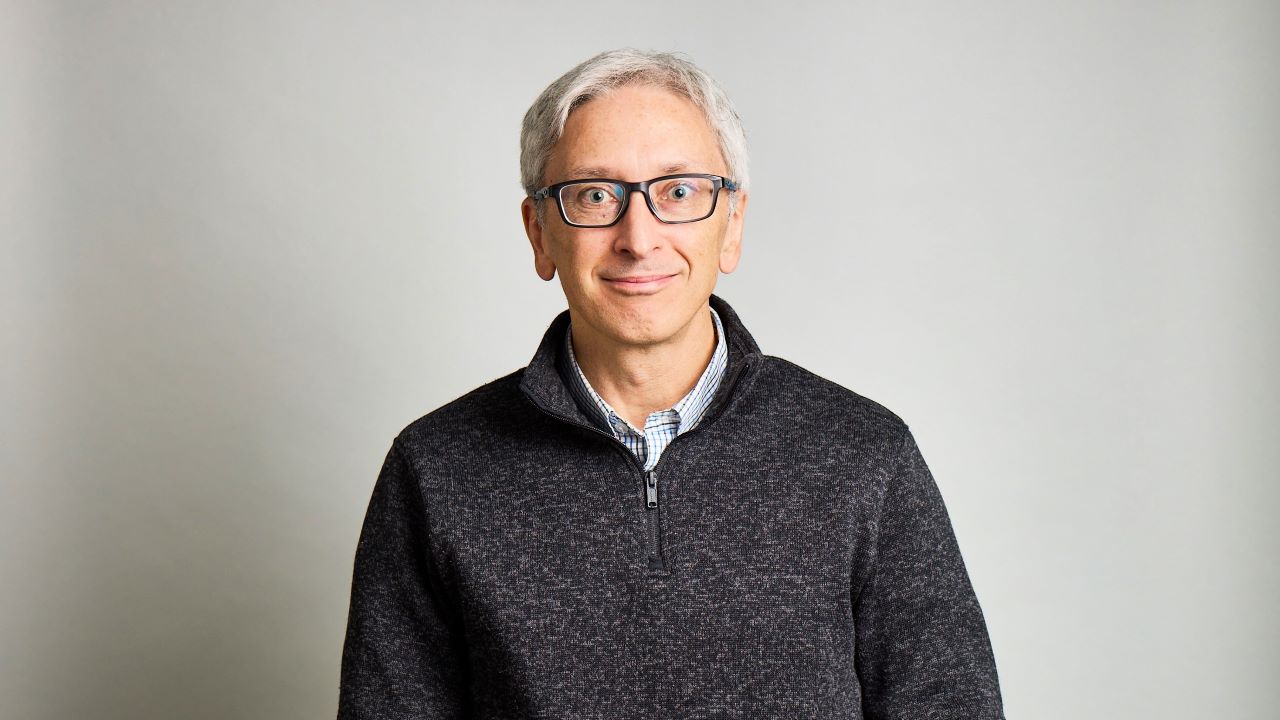
Interviews
REM-422, RNA Processing, and the Next Wave of Translational Science with Benoît Moreau, Remix Therapeutics
Benoît Moreau, Ph.D., discusses RNA-targeted drug discovery at Remix Therapeutics and the advancement of small molecules like REM-422 to tackle undruggable targets.

Interviews
Navigating the Future of Bioinformatics: A Deep Dive with Evan Floden, Seqera
Dive deep into next-generation analytics with bleeding-edge insights from Evan Floden, Seqera’s CEO.
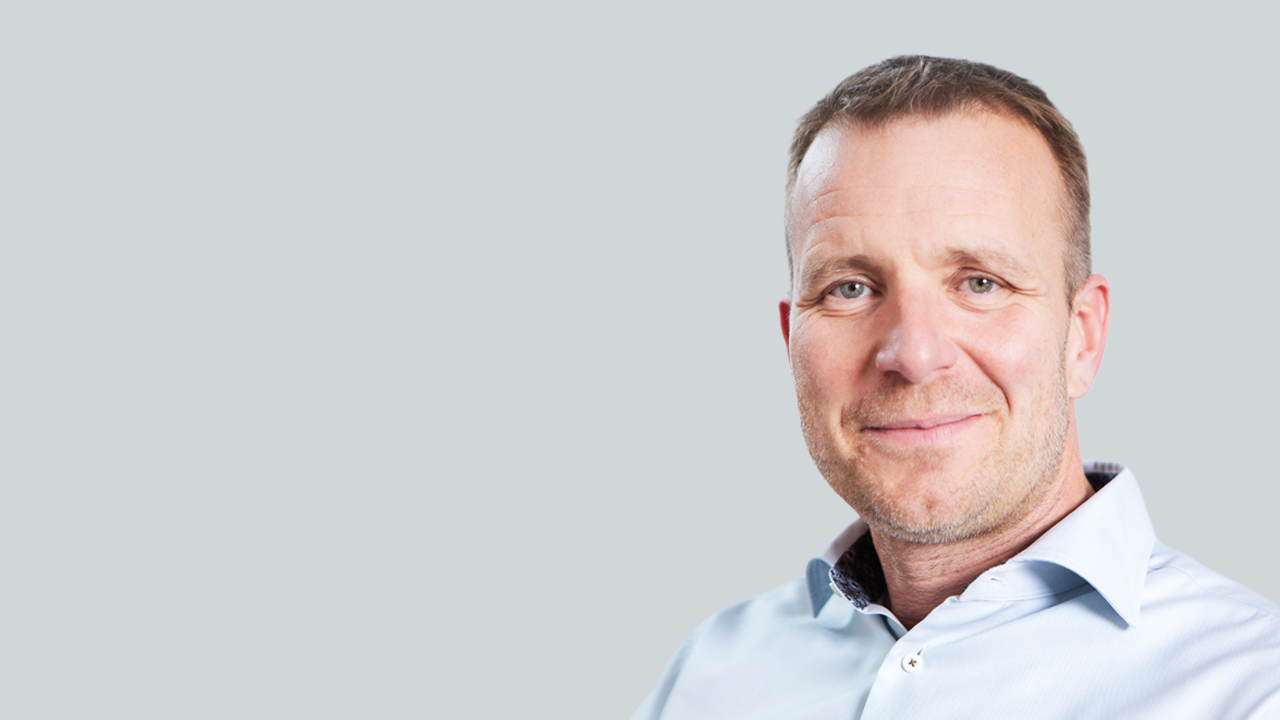
Interviews
CETSA ®: Accelerating Drug Discovery from Bench to Bedside with Michael Dabrowski, Pelago Bioscience AB
Learn more about CEllular Thermal Shift Assay and Pelago Bioscience’s initiative to streamline drug discovery with its revolutionary invention.
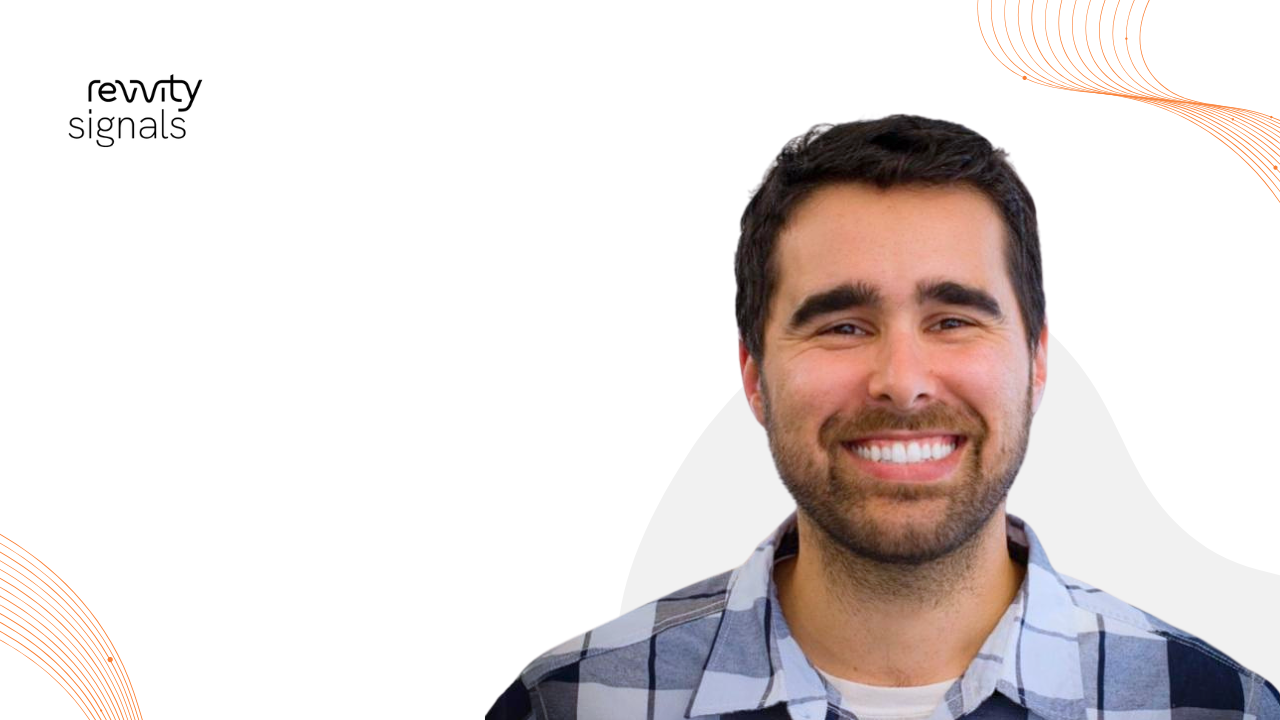
Interviews
AI & Analytics for Next-Gen Drug Discovery Solutions with Zev Wisotsky, Revvity Signals
Amidst the deluge of data, finding the right balance between working models and useful insights remains pivotal in forging the path towards leveraging computational success in the field of biotech and pharma.
Read More Articles
Coprocessed for Compression: Reengineering Metformin Hydrochloride with Hydroxypropyl Cellulose via Coprecipitation for Direct Compression Enhancement
In manufacturing, minimizing granulation lines, drying tunnels, and multiple milling stages reduces equipment costs, process footprint, and energy consumption.

